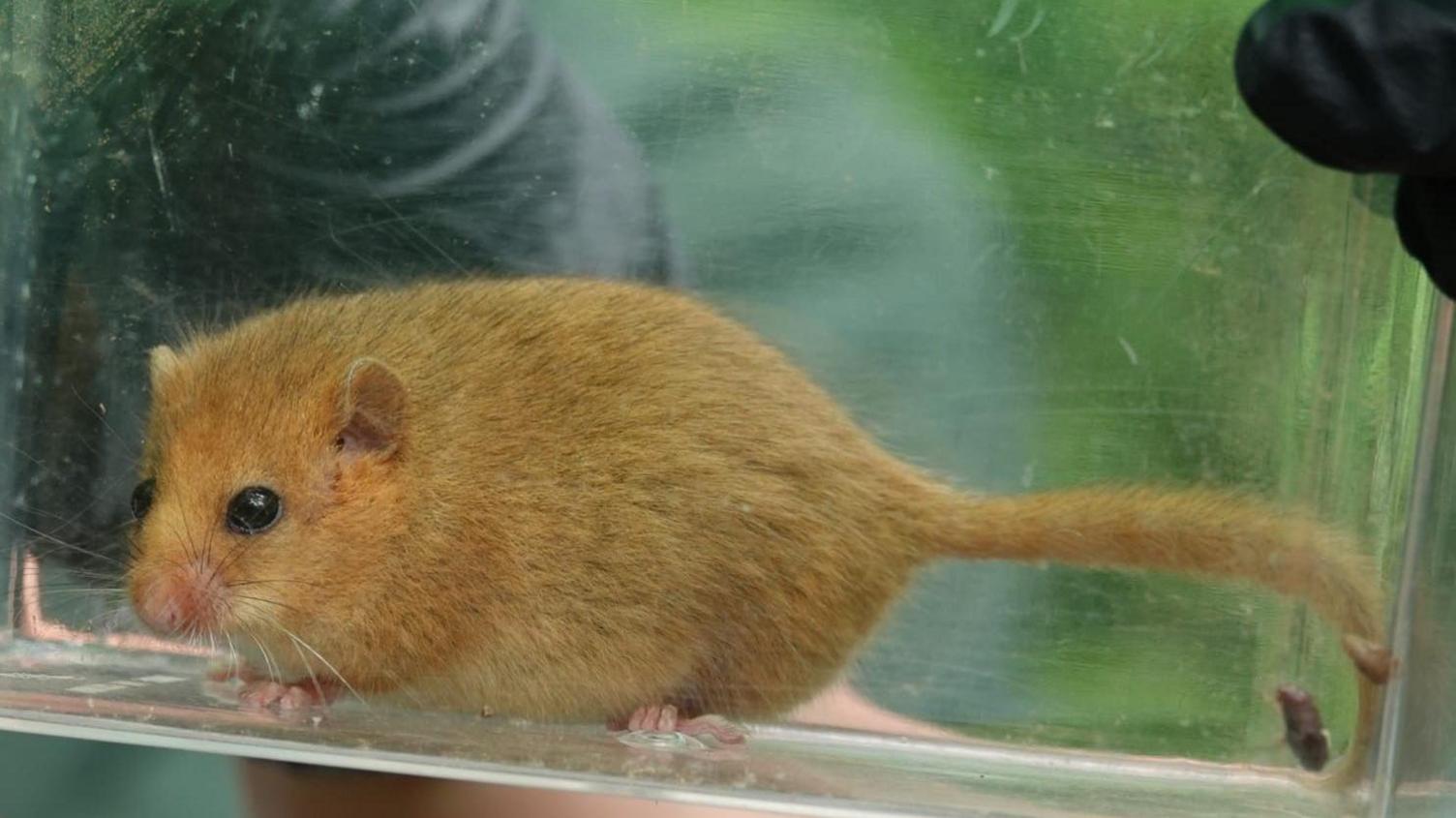Dormice count reveals 'bumper' breeding season
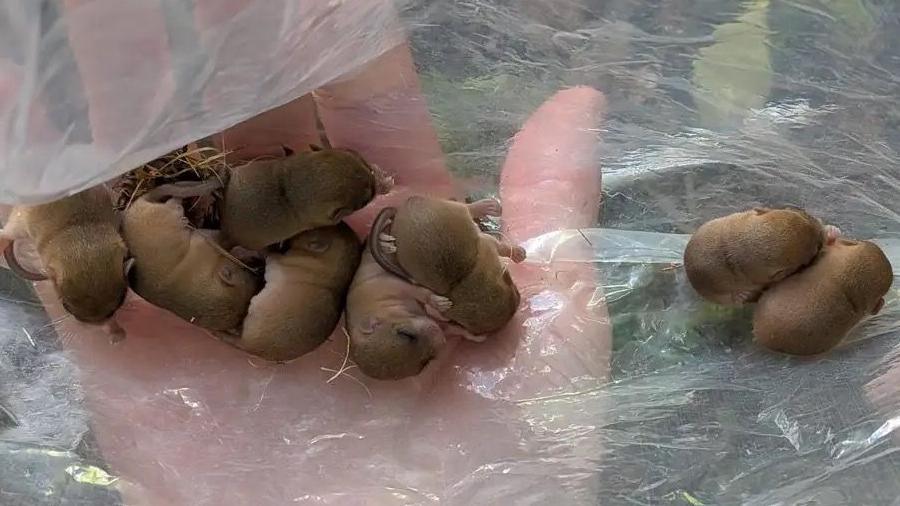
A nest containing eight babies, twice the average number, was discovered by the survey
- Published
The summer has been a "bumper" breeding season for dormice in Hampshire, conservationists have said.
Volunteers from the Hampshire Dormice Group, who have been carrying out surveys to monitor the tiny mammal, said the warm, dry summer had allowed them more time to breed.
Group member Catherine Hadler said it contrasted with last year's summer, when the animals had to contend with cooler weather conditions.
Now listed as vulnerable, the loss of hedgerows and changing woodland management practices have seen hazel dormouse numbers plummet in the last two decades.
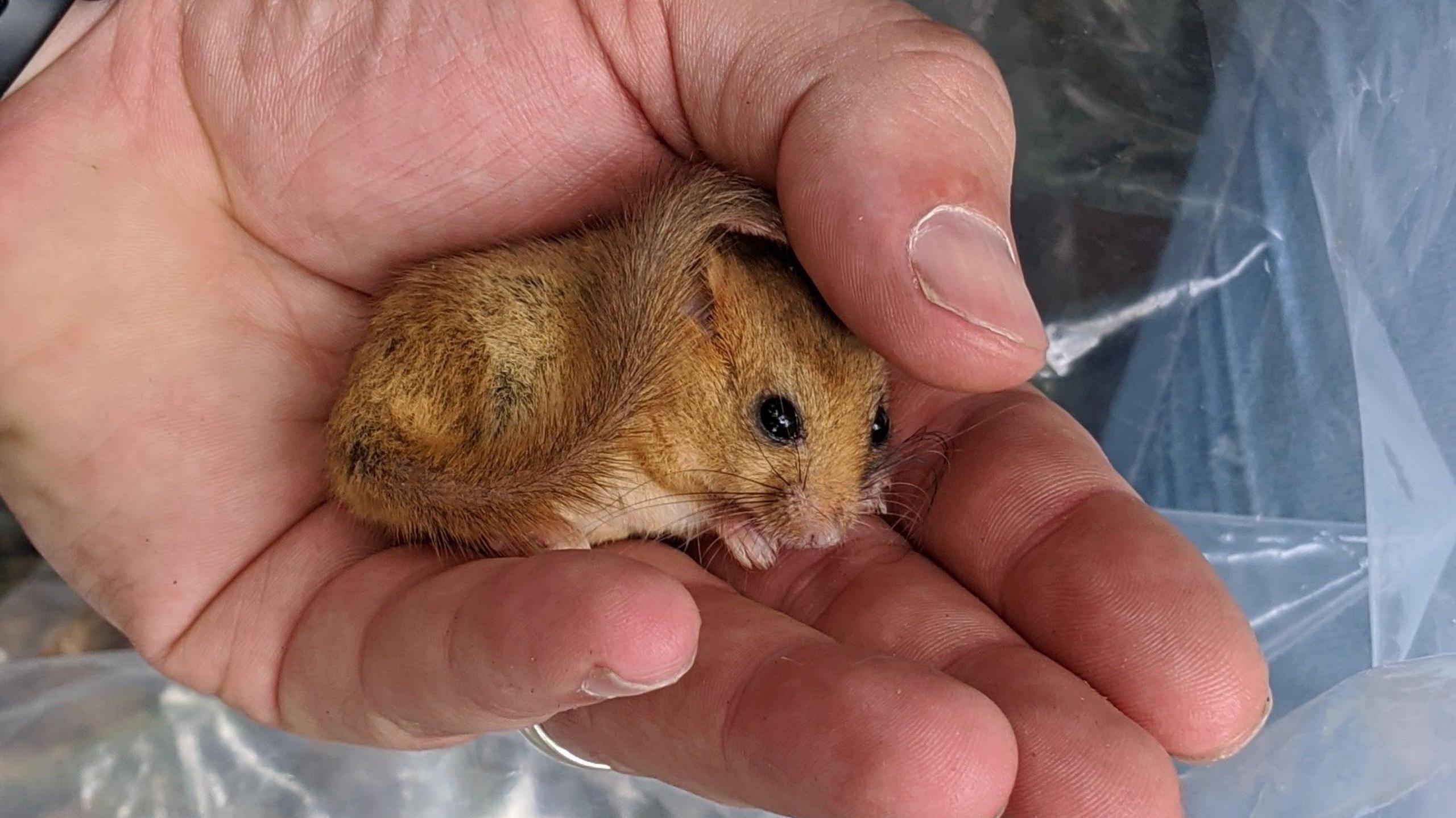
Hazel dormice are the only native rodent with a distinctive furry tail
Hazel dormice are the only native rodent to the UK with a distinctive furry tail, and while they can live in many habitats, they favour woodlands and hedgerows.
However, the dormouse population has declined by 70% nationally since 2000, and a 2023 report found the species was extinct in 20 English counties.
Trained and licenced surveyors are carrying out studies at monitoring sites in Hampshire.
Ms Hadler said the combination of a warm summer and "sensational" autumn food supplies have boosted breeding and allowed second broods to be born.
Dormice normally have a single litter of four babies on average in a breeding season.
So far, one survey at Harewood Common in Andover and another privately-owned woodland counted 47 dormice at all life stages. One nest containing eight babies was found.
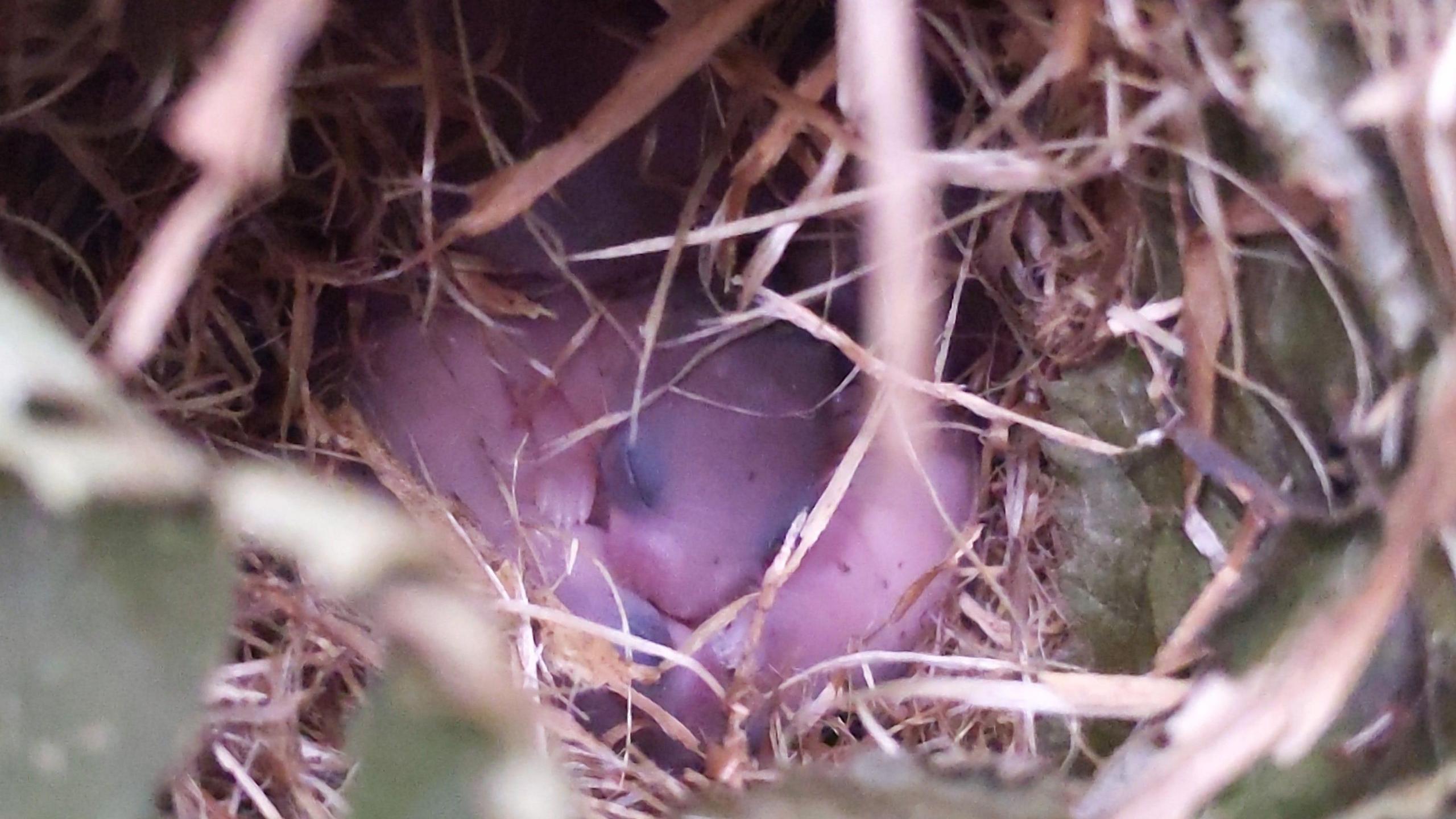
Newborn dormice - known as pinkies - are born blind, pink and naked
"It's been a breeding season like no other," Ms Hadler said.
"It's been a bumper year for breeding and given dormice are in decline, any good season is significant, although later breeding is worrying as the young would not have time to fatten up before winter."
She described 2024's cooler summer as "terrible news", meaning dormice were prone to torpor - a shorter version of hibernation, when their metabolism shuts down for a few hours or days in response to cold conditions or food scarcity.
"Warmer winters also mean they do not hibernate properly. They keep rousing and using up precious energy reserves. It can be a disaster."
"Any decent summer followed by a warm wet winter could well wipe out any benefit," she added.
Get in touch
Do you have a story BBC Hampshire & Isle of Wight should cover?
You can follow BBC Hampshire & Isle of Wight on Facebook, external, X (Twitter), external, or Instagram, external.
Related topics
- Published19 November 2020
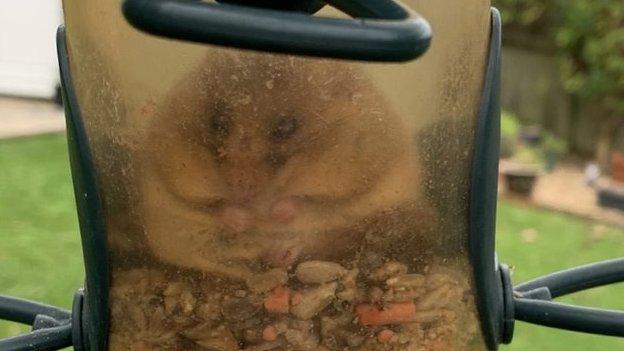
- Published19 August
